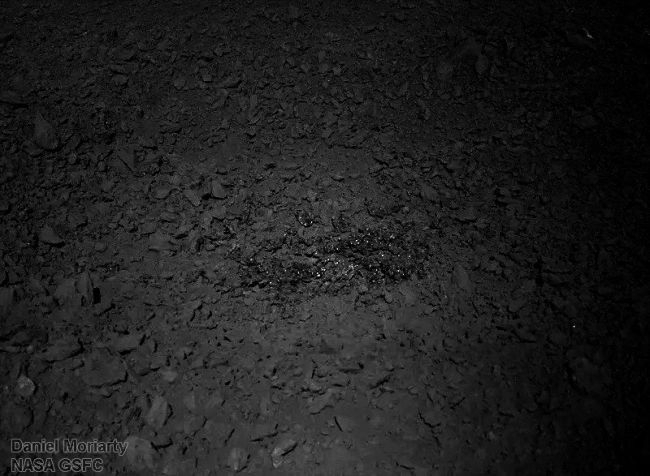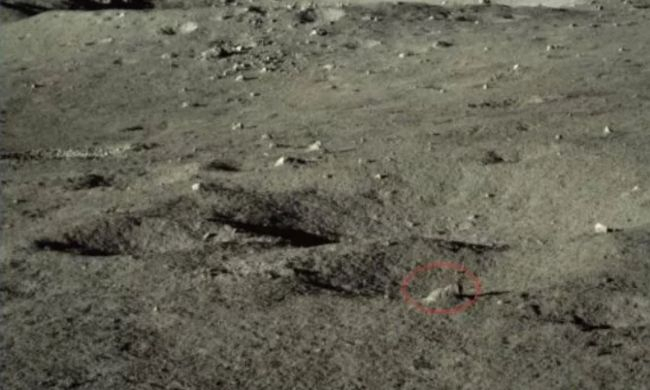In August 2019, Chinese scientists announced that they found a "gel-like" substance on the far side of the moon. As the finding of the mysterious material excited scientists all over, the Chinese researchers say they are now able to figure out what China's Yutu 2 rover had found on the moon.
The "gel-like" material was melted bits of moon rock, they said after studying the alien substance. China's scientist Gou Sheng and colleagues analyzed the data from Yutu 2's panoramic and hazard avoidance cameras, besides the rover's Visible and Near-Infrared Spectrometer (VNIS) instrument findings to study it.

They used a procedure called spectral unmixing to break down the measured spectra from VNIS. As per a new paper published in the journal Earth and Planetary Science Letters, Chinese scientists confirmed that material, measuring 20 by six inches, is likely the result of material melting due to either meteor impacts or volcanic eruptions, or "impact melt breccia." The study revealed that the glassy greenish substance is similar to two specific samples that were returned by NASA's Apollo 15 and 17 missions.
It All Started With China's Lunar Mission
Last year in January China's Chang'e 4 lunar mission made history by becoming the first spacecraft to land on the far side of the moon which is a mysterious and less-studied side of earth's only natural satellite.
The YuTu 2 rover, which is designed to crawl the rocky landscape over several freezing months, stumbled upon an unusually colored substance on the bottom of an impact crater. Then the Chinese scientists described the material using the term "胶状物" ("jiao Zhuang wu"), which can be translated as "gel-like." In the rover's diary, the scientists mentioned it as a "colored mysterious substance."

The images from the moon were captured by the rover's obstacle-avoidance camera, which is fixed to make sure that the rover doesn't bump into anything on the moon. This description of the material, along with the initial images, sparked wide interest as well as speculation among lunar scientists. Earlier, experts claimed that the best guess would be a piece of lunar glass that may have formed during a meteor impact.
However, after the research findings were released, NASA post-doctoral program fellow at the Goddard Space Flight Center Dan Moriarty told Space.com, "We don't have samples from this region that would help inform the model parameters. For this reason, the precise regolith composition results presented in this paper may not be completely accurate."









